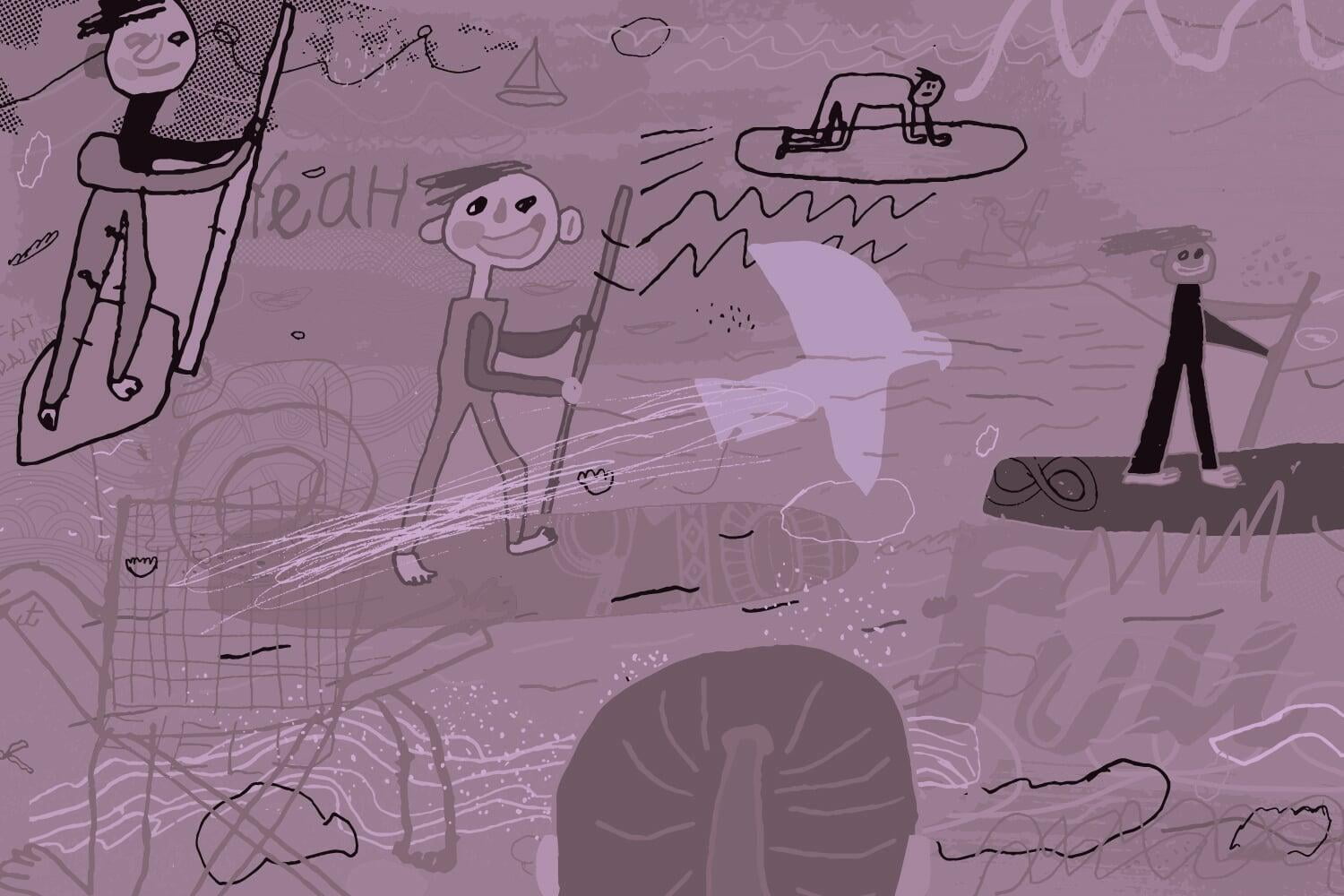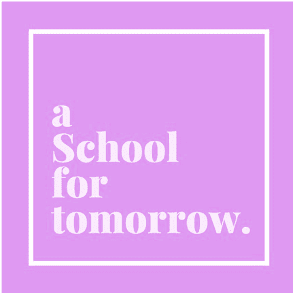Game Changers | Live | School Communities
A School Community that Performs
What can we learn from the teachers, leaders, students, and families about the nature of a school community and their expectations for the way in which it will perform?

The first thing we can learn is about the essential identity of a school. Stakeholders in schools want their schools to be well run; they want leaders and governors to be good stewards of the ethos and resources of the community. Yet, above all, they want a school to look and feel like a school, not a business or a corporation. They want to know that people come first. They want to know that the service that is given and that the relationships that are constructed over years will be honoured for both the tangible and intangible contributions that are made through them. They want their school to be technologically-enhanced and still feel human – warmth, personal connection, and physical proximity are valued highly in schools everywhere.
In many ways, therefore, efficiency (or getting the job done while avoiding waste) is less important than efficacy (achieving the desired result). What is this desired result? Schools are increasingly responding to the need to look at the bigger picture of the character and competencies of a whole person that they graduate. In other words, character in the reason why we do school and it is the whole work of the school. At the same time, stakeholders also expect that the experiences of an education for character and competency will provide opportunities for students to achieve excellence and that their results in specific activities across learning, culture, leadership, and vocation will reflect this. They recognise that it is the culture, climate and tone of the school that will, above anything else, allow for expectations to be set, met and even exceeded over time. They recognise also that leadership provides the strategy by which culture is intentionally developed and grown in a manner that feels right.
When people walk into such a school, it feels like a place where the students, the staff, the families, the community belongs. With belonging, comes performance and the propensity of the members of the community to do what is good and right individually and collectively. This is the character capital that a high-performing school community builds together. It is an ongoing act of collaboration built on shared values and a willingness to put the needs of students and their learning above all else. Its foundations, therefore, lie in the acceptance of school as a generator of self-awareness, relationship, service, and vocation that are motivated by a desire to be selfless. This is how great schools feel when we walk into them, regardless of socio-economic status, governance structure or provenance. They feel like a home for learning whose students are growing in character and competency, whose people are valued, and whose culture works.
How do stakeholders know and recognise such a school? Stakeholders will look at what they can see and from this they will extrapolate much. They want to know that their child is known and loved for who they are and who they are becoming; the way in which a student is greeted and recognised by the staff and their friends goes a long way towards this. They want to know that their child is achieving and learning through both their successes and their mistakes; the way in which the school communicates early and often about such things with attention to detail and consideration for fair process is critical in this respect. The fact that the school thinks about its future and how best to provide for its students and their families provides reassurance at a higher level; the presence of a strategic plan and an ongoing conversation about it through the communication channels of the school is essential, even if it may not always elicit excited responses. The manner in which students participate, achieve, and present themselves both in and out of school speaks loudly to the tangible application of values in action; the daily commitment of the staff to encourage students to be involved, set and attain goals, and carry themselves with aplomb does not go unnoticed. And the way in which people talk about the teachers and the school to each other is perhaps the most important way; there will always be gossip and incidents will flare up from time to time, but in a school whose community is high-performing, the talk about the teachers will reflect the admiration for their knowledge about education, their care for children, and their dedication and hard work.
When people walk into such a school, it feels like a place where the students, the staff, the families, the community belongs. With belonging, comes performance and the propensity of the members of the community to do what is good and right individually and collectively.
Schools, therefore, are being judged all the time, whether they like it or not. Over the past fifty years, we have taught our stakeholders that education matters. People now expect every school to be an agent of social benefit, mobility and transformation that delivers the best possible outcomes for their children. They expect that there will be consistency of delivery across all of the pillars of an education such that the fundamentals are always attended to with diligence and high standards of execution that are aligned to the community’s expectations. They also expect that the needs of their child will be identified and supported in a personalised fashion. And they expect that culture, strategy, leadership, and performance will all be integrated in a fashion that is distinctive and that feels right to the community. Aligned, personalised, and integrated – these are the hallmarks of an excellent 21C school whose secret sauce of aspiration, kinship, and pathways to success is sustained by teachers who challenge, inspire, and support the students, hold them to purpose and keep them in their groove.
If this is the case, then how might a school recognise where to locate its excellence? Most of us need a model to help us to take something abstract such as excellence and translate it into daily activity that might be worked towards. And so, here are the six domains of schooling that help us to see where excellence might be situated and what it might look like:
Reputation
We earn a strong and credible reputation as a great 21C school of character. We focus on our organisational integrity by ensuring consistency in the application of our ethos, engagement with our community, thoroughness in our planning, the quality of our outcomes, the execution of our strategy, and the efficiency and efficacy of our processes across the domains of reputation, communication, evaluation, achievement, initiatives, and relationships.
Communication
We share a narrative of our growth and development as a future-focused school. We manage the complexity of our leadership by listening to the school community carefully, connecting and communicating with it, and creating a credible story of the progress of the school that honours the legacy of its past, frames the requirements of its present, and projects a compelling rationale for a preferred future that is best served by authentic learning experiences based on 21C character and competencies.
Evaluation
We measure what we do. We routinely gather and evaluate data-based evidence of agreed school growth and transformation that relate to the core learning, leadership, character, service, sport, co-curricular and developmental activity of the school in particular, as well as the financial, governance and business stewardship of those resources needed to attain the educational mission of the school.
Achievement
We believe in our capacity to solve problems and meet the expectations of our community in a structured fashion. We assert confidence in the capability of all to be successful, and privilege the disciplined pursuit of achievement by encouraging the attainment of individual and collective goals that challenge us to move beyond where we are now towards what we might become in the future.
Initiatives
We use projects and initiatives to help us realise our intent. We use a balanced perspective to invest significant hope, resources and commitment into research and development by planning, conducting, and evaluating intentional projects and initiatives that are aligned to the school’s mission to educate 21C citizens.
Relationships
We build robust and resilient learning relationships within a community of inquiry and practice. We work to build relational systems and operations, inspired by a desire to improve the outcomes of our learners, especially in 21C character and competencies so that they are equipped, empowered, and enabled to assume responsibility for making a positive contribution to the world.
Culture, led by strategy and fostered in relationship, is the driver of the performance of the students, the programs and the community of a school. A vision for excellence is required to help the members of the community know what it is that they should be aiming towards. A shared narrative that engages the community in its journey from yesterday to today to tomorrow asks each stakeholder to think about the efficacy of the school in producing the desired results: a whole person grounded in an experience of excellence and prepared by a partnership between schools and families to thrive in their world equipped with the character and competencies to do so.






